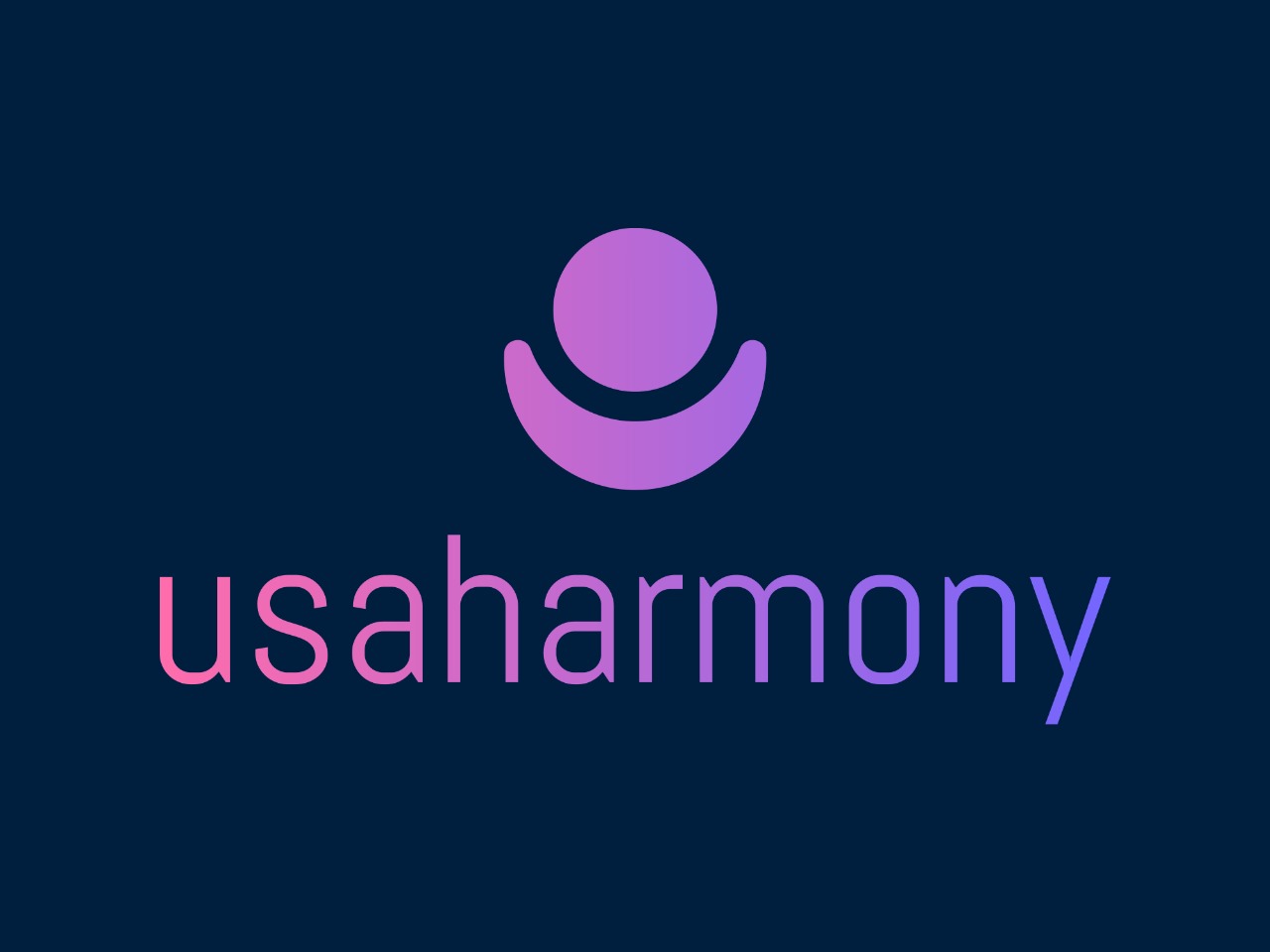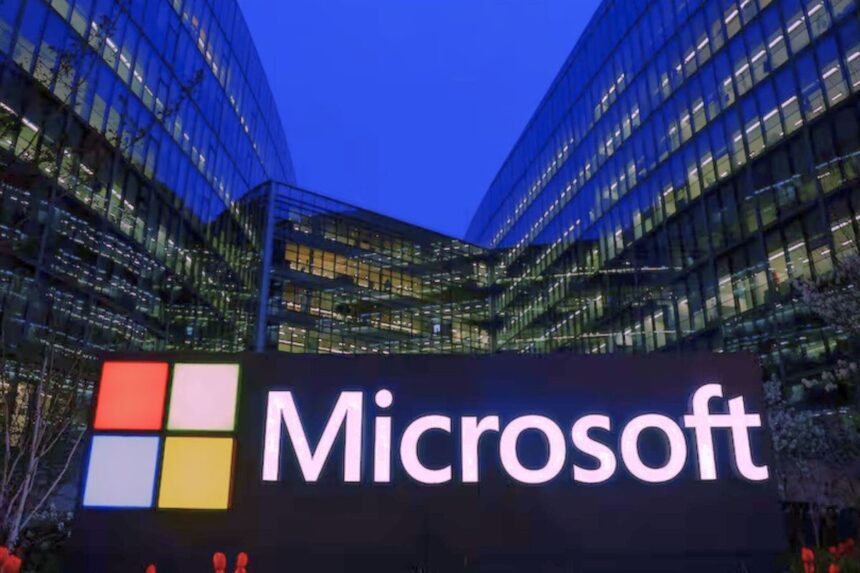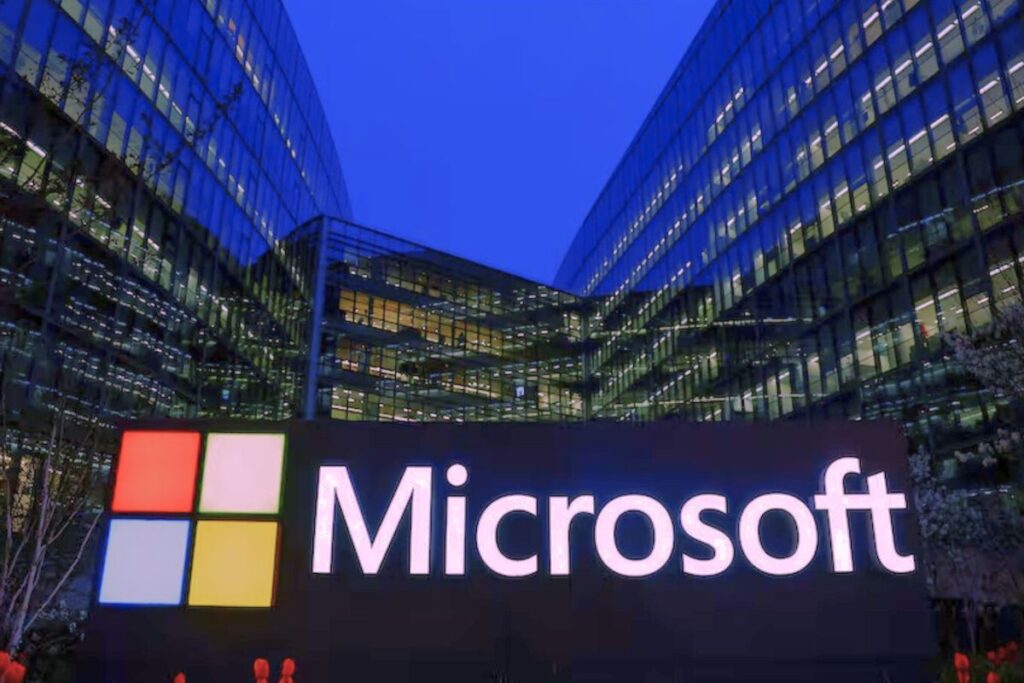
Exploring the dynamic competition and collaboration among industry leaders like OpenAI, Microsoft, Apple, and Nvidia.
Table of Contents
In the fast-paced world of generative AI, major players such as OpenAI, Microsoft, Apple, and Nvidia are vying for supremacy. Generative AI, which involves creating new content using algorithms, has become a focal point for these tech giants and startups.
OpenAI: A Pioneer in Generative AI
OpenAI has been at the forefront of generative AI, primarily with its development of ChatGPT, a large language model (LLM) that has transformed interactions with AI. Despite its achievements, OpenAI depends heavily on strategic partnerships. Key among these is its collaboration with Microsoft, which has invested billions into OpenAI. This funding allows OpenAI to utilize Microsoft’s robust cloud services, crucial for training and running its sophisticated LLMs.
However, the dynamic between OpenAI and Microsoft is multifaceted. Recently, Microsoft has started investing in Inflection, a rival LLM provider led by Mustafa Suleyman. This diversification reflects Microsoft’s strategy to enhance its generative AI capabilities and lessen reliance on OpenAI. Satya Nadella, Microsoft’s CEO, has been pivotal in strengthening the company’s AI position, recognizing the importance of multiple avenues to advance AI technology.
Apple's Cautious Entry
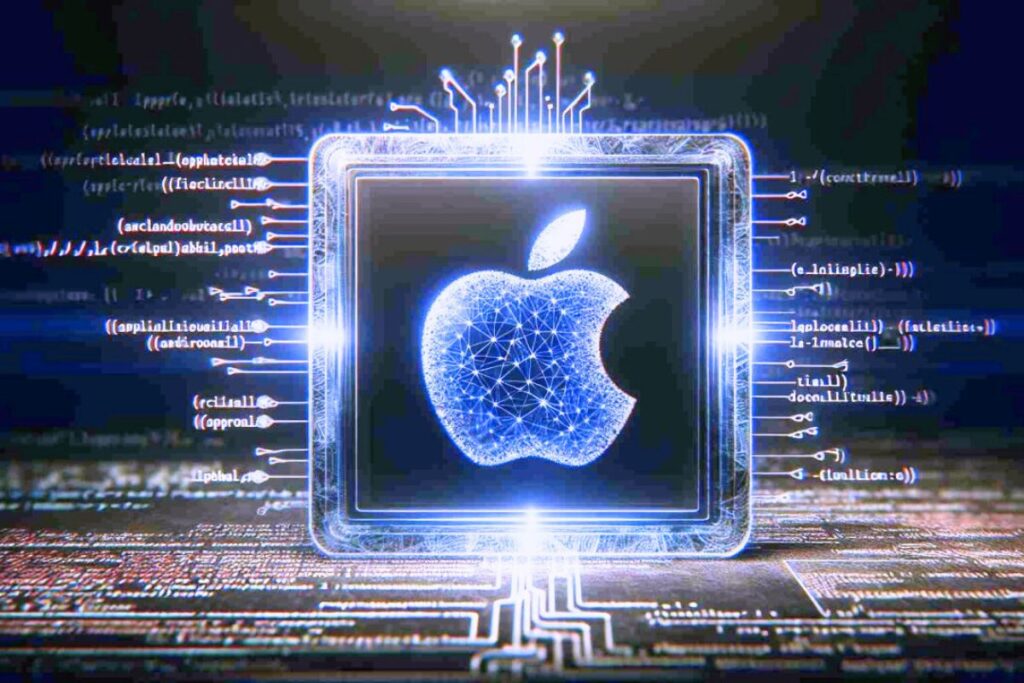
Applehas traditionally been cautious in entering new markets but has often succeeded once it commits. Now, Apple has partnered with OpenAI to integrate ChatGPT into its devices. This partnership aims to elevate user experience by offering advanced AI-driven services. While Apple boasts significant strengths, including a large and loyal user base and a reputation for privacy and security, it faces challenges in attracting top AI talent and developing cutting-edge AI chatbots.
Nvidia: The Powerhouse in AI Hardware
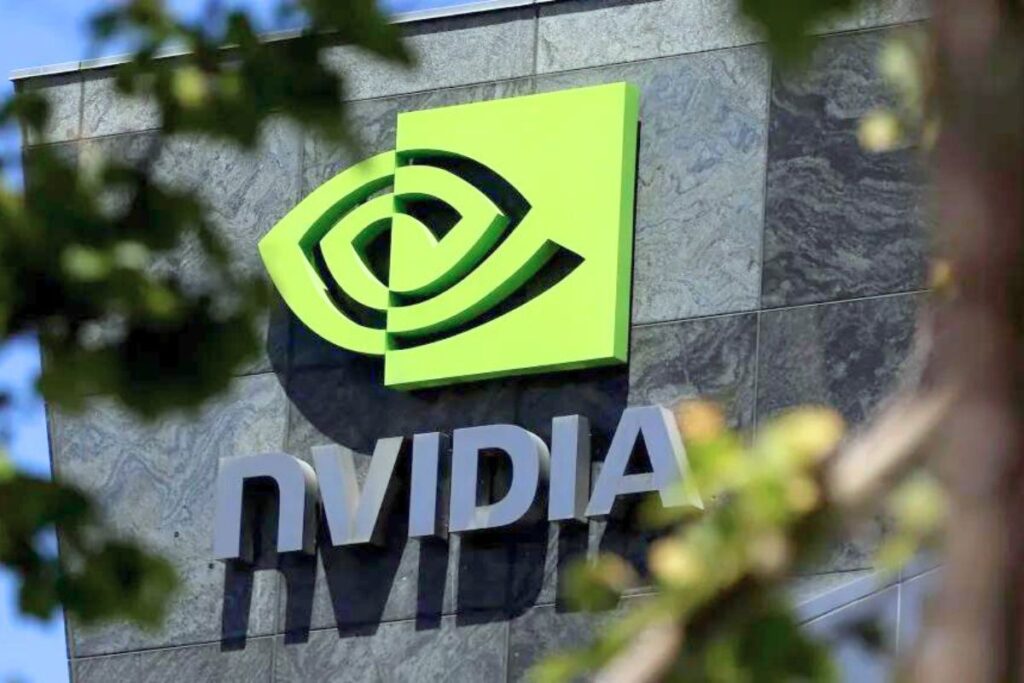
In contrast, Nvidia has emerged as a powerhouse in the generative AI sector. Nvidia’s key contribution is its GPU chips, essential for training and running large language models. The company’s revenue from these chips has soared, reflecting the growing demand for AI capabilities. Jensen Huang, Nvidia’s CEO, has been instrumental in driving the company’s innovation and maintaining its competitive edge. Nvidia’s focus on leading in chip design and AI technology positions it as a formidable player in the generative AI landscape.
Assessing Dominance: Four Critical Tests
To understand which company might dominate the generative AI sector, consider these four critical tests:
Revenue from Generative AI Products or Services:
- OpenAI: Generates significant revenue from licensing its software, with forecasts predicting a 70% increase by the end of 2024.
- Microsoft: Aims to monetize its AI investments through Azure cloud services and Copilot subscriptions, though exact figures remain vague.
- Apple: Currently lacks direct revenue from generative AI but might boost iPhone sales through enhanced AI services.
- Nvidia: Leads with substantial revenue from selling AI-focused GPU chips, indicating its dominance in AI hardware.
Monetization Strategies:
- Microsoft: Envisions future revenue growth from Copilot subscriptions and investments in AI startups.
- Apple: Plans to integrate generative AI into devices, potentially driving higher hardware sales.
- Nvidia: Continues to innovate and sell high-performance chips essential for AI application
Industry-Leading Generative AI Capabilities:
- OpenAI: A leader with ChatGPT dominating market share.
- Microsoft: Excels in cloud services and is advancing in developing its own LLMs.
- Apple: Leverages its vast device ecosystem and user trust in privacy and security.
- Nvidia: Maintains leadership in AI hardware, crucial for running complex models.
Building, Partnering, or Acquiring Capabilities:
- OpenAI: Partners with Microsoft and Apple to leverage their strengths.
- Microsoft: Builds capabilities by hiring top talent and investing in AI ventures.
- Apple: Develops its own AI systems while partnering with OpenAI.
- Nvidia: Continually develops advanced GPU chips, staying ahead through innovation.
Conclusion: The Future of Generative AI Leadership
While each company has its unique strengths and strategies, the race for dominance in generative AI is ongoing. Nvidia currently leads, especially in hardware and revenue generation, but Microsoft, OpenAI, and Apple are formidable contenders. Their ability to innovate, collaborate, and compete will ultimately determine their positions in the generative AI market.
Key Points:
- OpenAI is a pioneer in generative AI with ChatGPT.
- Microsoft invests in both OpenAI and Inflection to diversify its AI capabilities.
- Apple partners with OpenAI, integrating ChatGPT into its devices.
- Nvidia dominates AI hardware with its GPU chips.
- Revenue, monetization strategies, industry capabilities, and strategic partnerships are critical for assessing future dominance in generative AI
fAQ
Q1: What is generative AI? A1: Generative AI refers to the use of algorithms to create new content, such as text, images, or music. It involves training models to generate data that mimics real-world examples.
Q2: Which companies are leading the race in generative AI? A2: Major players in the generative AI race include OpenAI, Microsoft, Apple, and Nvidia. Each of these companies has different strengths and strategies to dominate the market.
Q3: How has OpenAI contributed to generative AI? A3: OpenAI has pioneered generative AI with its development of ChatGPT, a large language model (LLM) that has revolutionized interactions with AI. OpenAI relies heavily on partnerships, particularly with Microsoft, to sustain its operations.
Q4: What is Microsoft’s role in the generative AI market? A4: Microsoft has invested billions in OpenAI and uses its robust cloud services to support OpenAI’s LLMs. Additionally, Microsoft is diversifying its AI capabilities by investing in other AI ventures, such as Inflection, to lessen its reliance on OpenAI.
Q5: How is Apple participating in the generative AI race? A5: Apple has partnered with OpenAI to integrate ChatGPT into its devices, enhancing user experience with advanced AI services. Apple leverages its large user base and reputation for privacy and security but faces challenges in developing cutting-edge AI chatbots.
Q6: Why is Nvidia considered a powerhouse in generative AI? A6: Nvidia’s key contribution to generative AI is its GPU chips, essential for training and running large language models. Nvidia’s revenue from these chips has soared, positioning it as a leader in AI hardware.
